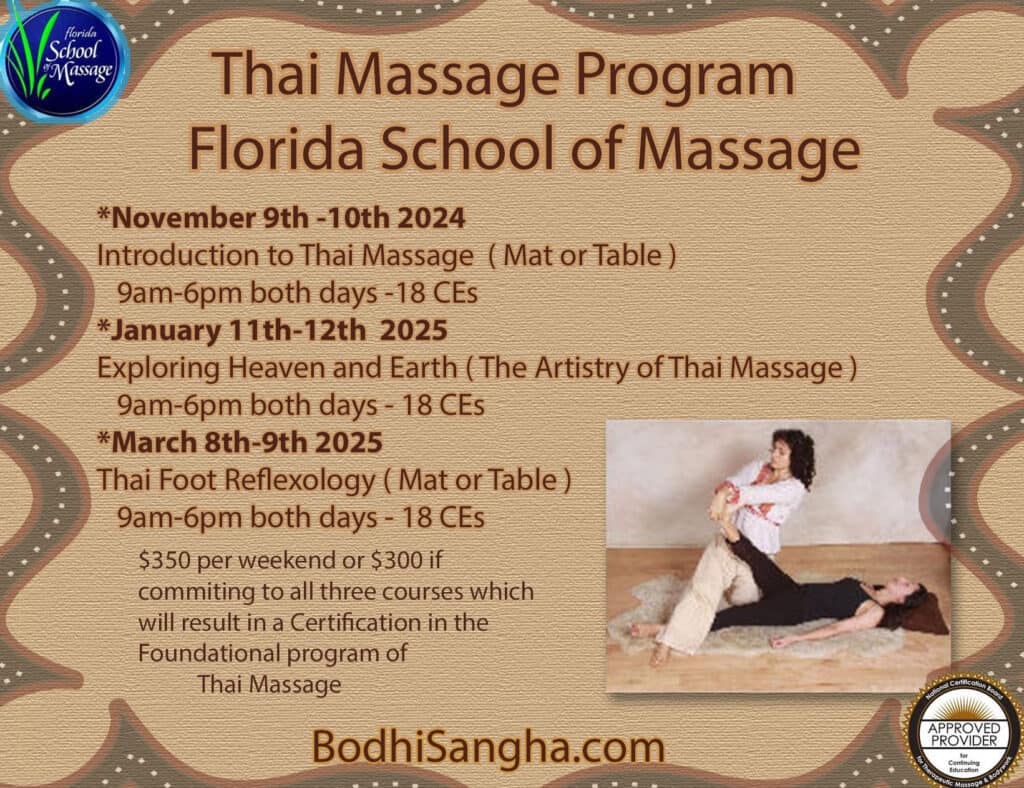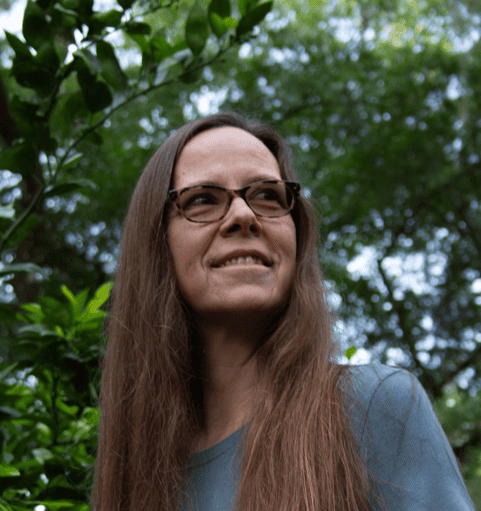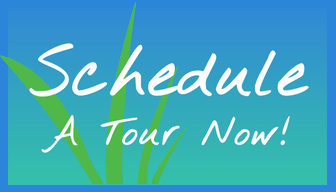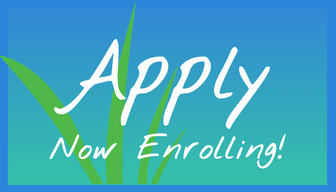It is the individual LMT’s responsibility to ensure that any classes taken meet their renewal requirements

- This event has passed.
An Introduction to Craniosacral Work: History, Foundations, & Distinguishing the 3 Main Approaches
February 2, 2019 @ 9:00 am - February 3, 2019 @ 6:00 pm
One event on February 15, 2020 at 9:00 am
One event on August 12, 2023 at 9:00 am
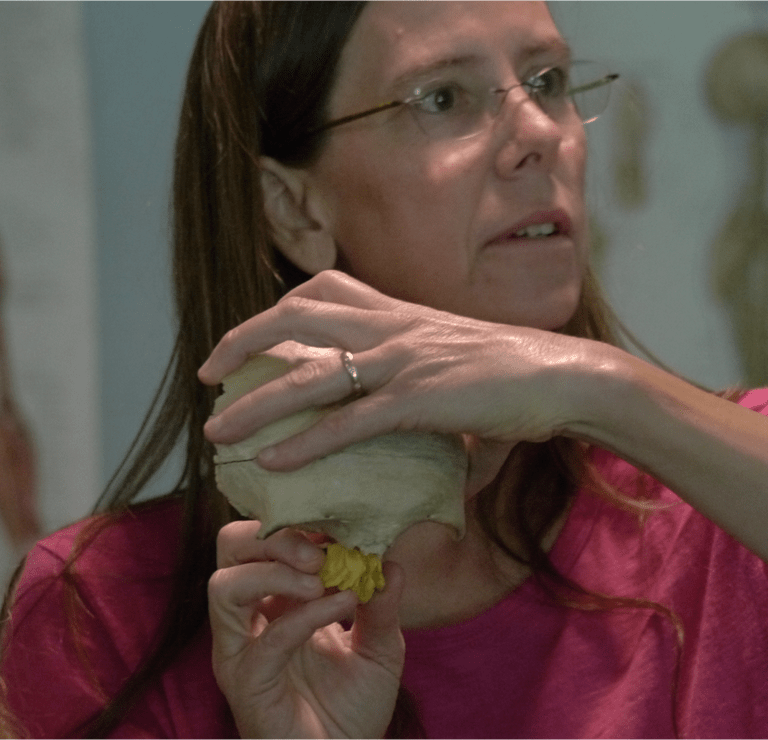
Location:
Mary’s office
1810 NW 6th Street, Suite D
Gainesville, FL 32609
Cost:
Early Registration Discount: $300 if paid by July 21st
After July 21st: $350
Current FSM Students: $175
CEs:
16 Live Hours
To Register: Contact Mary Reis, email: maryreis@me.com or call/text: 352-246-6280 or fill out registration form here:
https://docs.google.com/forms/d/e/1FAIpQLScfzCVxPaSmsB0oBJbIyObD90A7MI-lki6V3ma8UoRFIEI11A/viewform
William Garner Sutherland developed and refined Cranial Osteopathy over the course of several decades in the first half of the 20th century, and the work continued to evolve after his death in 1954. Craniosacral programs became available to Massage Therapists when Dr. John Upledger began teaching Craniosacral TherapyTM to non-Osteopaths in the 1980’s. Many different Craniosacral programs for Massage Therapists now exist, and 3 main approaches have descended from Dr. Sutherland’s teachings: Biomechanical, Functional, and Biodynamic. Many programs blend one or more of the approaches, and many potential practitioners are unaware of the differences unless they attend more than one school. This course seeks to introduce the 3 main approaches to the work so that Massage Therapists can attend the craniosacral training that is most in alignment with their learning interests.
This course will present the foundational components of the 3 main approaches to Craniosacral work, explore the basic anatomy and functioning of the craniosacral system, and discuss how states of consciousness can influence cranial wave. Experiential exercises will help refine presence, and ample hands-on exchanges will hone the needed sensitivity for working with the subtle rhythms. Students will leave the course with the presence and ability to sense some of the cranial enfoldments, an understanding of the history and uniqueness of each approach, and a direct body-felt sense of which approach they may want to pursue for more training.
Please bring:

